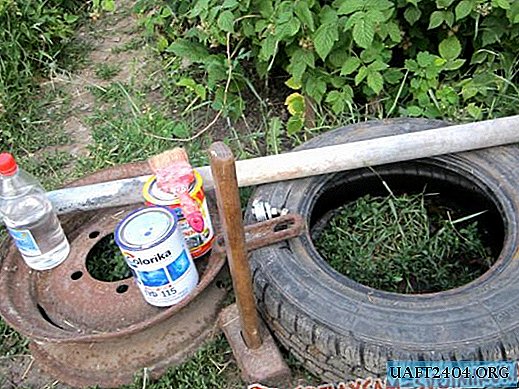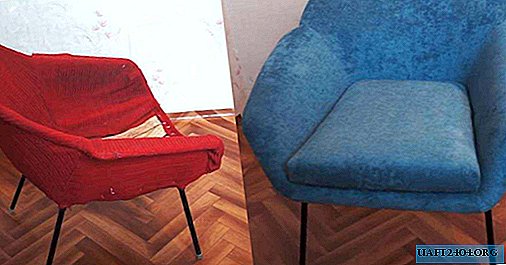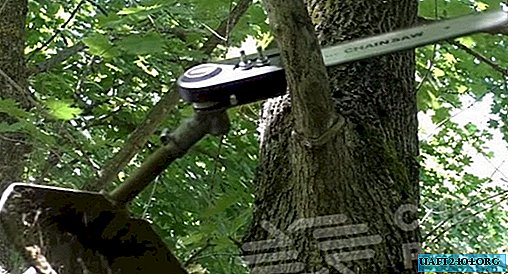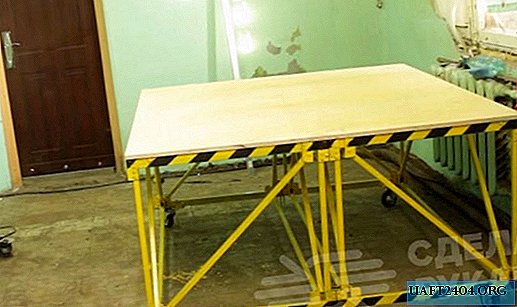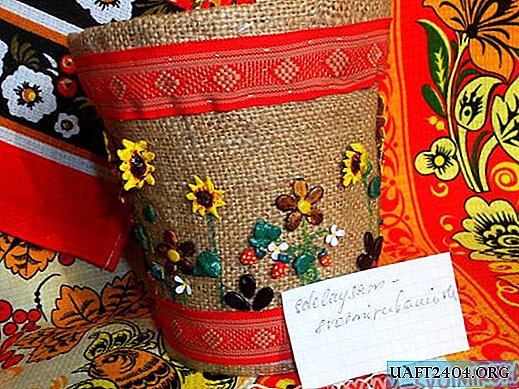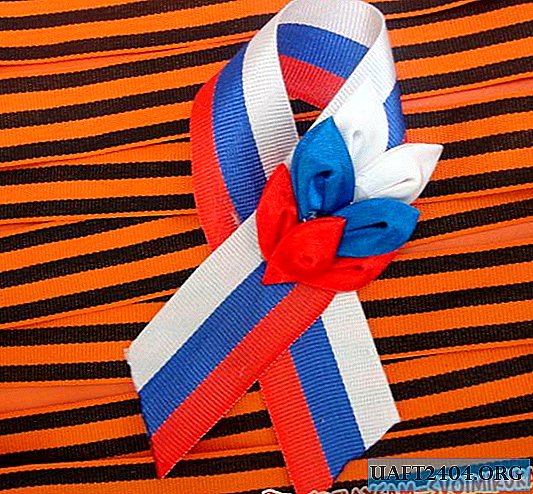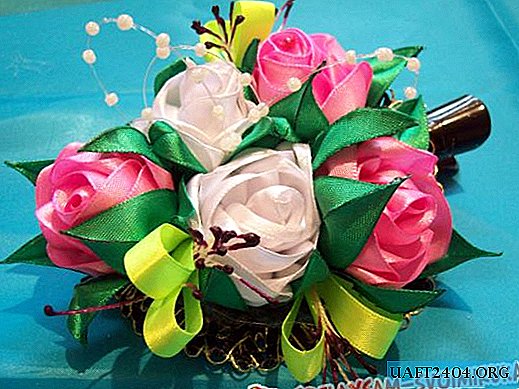Share
Pin
Tweet
Send
Share
Send
First you need to visit an art salon or a stationery store and purchase paints, contours for work, buttons for fixing material to a stretcher, brushes. Well, of course - the fabric. Ideal for batik - natural silk. I advise a novice artist to choose cheaper material - artificial silk, crepe de chine, cambric, chiffon. The selected material must be washed and ironed. Many fabrics shrink after washing, so you should take care of this in advance. Factory impregnation on the surface can greatly damage the cleanliness and beauty of the picture - it must be removed with soapy water.
Let's start with the contour or reserve, as professionals call it. The contour is used so that the colors on the fabric do not spread and do not mix with each other. Professional batik masters developed their personal reserve personnel. But we just need a tube bought in a store. You can use a liquid reserve, which is applied to the drawing using a special glass tube. It includes gasoline, so it is not recommended to use it in residential premises.
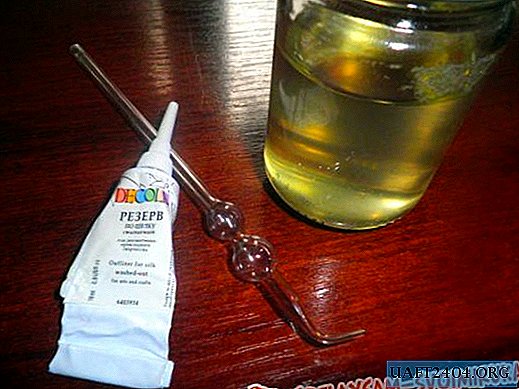
In order for the picture to be accurate, and the image is exactly as you intended it - the fabric needs to be fixed on the stretcher, pulling it well. You can buy a subframe or make it yourself from a cut board or plywood by wrapping it with tape so as not to damage the fabric. The material is attached to it with ordinary stationery buttons, preferably with high heads, so that it is more convenient to remove.

So, everything is ready for creativity. The fabric is washed, stretched on a stretcher. The most interesting art begins. You can create a sketch on a piece of old wallpaper, you can use a picture found on the Internet, or just make a fantasy drawing without certain contours. Any of your incarnations on the fabric will be magnificent thanks to the modulation of color and originality. It is advisable to fill the sketch between the subframe and the material so that it fits snugly against the fabric.


Slowly, trying not to miss the connection of lines in the drawing, draw the contours of the future masterpiece. Be extremely careful and attentive - the contour that has got into the wrong place will not be washed away by anything and can ruin the integrity of your picture. After the reserve has dried, be sure to check that all the connections are closed so that the leakage of paint into an undetected loophole does not spoil the mood. This is done very simply with a wet brush, we draw along the entire contour in the figure - where the moisture begins to leak - we paint it.
The paint for batik is liquid - so it’s enough just to type it on the brush and transfer it to the drawing.

Brushes should be used only natural - from squirrel hair or a column. Try an interesting effect - pour a little kitchen salt on the still wet paint and leave it to dry - the effect will amaze you. When you have completely filled the picture with color - give it the opportunity to dry on a stretcher for at least a day.




Then it should be removed and ironed with a hot iron without steam for 5-10 minutes, wash. Do not be alarmed if water is colored during washing - all paint will not be washed off, but only its excess. The dried-up product needs to be stroked, processed edges and put on envy of others.
Share
Pin
Tweet
Send
Share
Send

